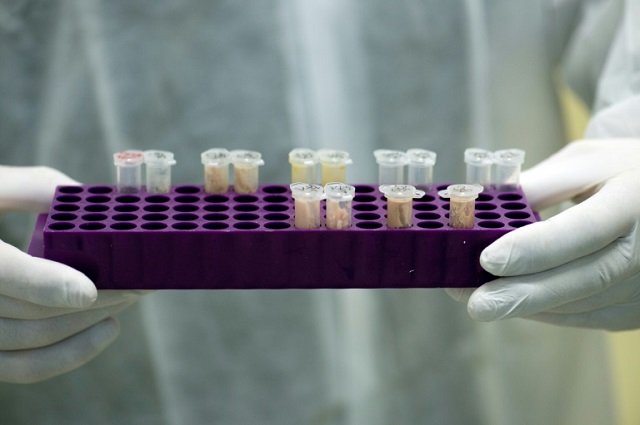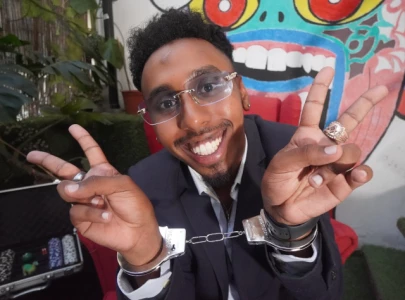
Supporters and critics alike of "genetic genealogy" -- the technique used to identify the suspected "Golden State Killer" by making DNA matches with his distant relatives -- have followed the case of William Talbott II, who will appear in court starting this week in Seattle.
The trucker is accused of killing two young Canadians, Jay Cook, 20, and his girlfriend Tanya Van Cuylenborg, 18, in 1987. Cook was suffocated to death, with a pack of cigarettes stuffed into his throat, and Van Cuylenborg died of a gunshot wound to the head.
After decades of unsuccessful searching, Seattle police finally arrested Talbott in May 2018, although he had not raised suspicions until then. "If it hadn't been for genetic genealogy, we wouldn't be standing here today," said Snohomish County detective Jim Scharf, who led the investigation.
Genetic genealogy first made headlines a month prior to Talbott's arrest after it was used to find the suspected "Golden State Killer," who is blamed for 12 murders and more than 50 rapes dating back to the mid-1970s.
In both cases -- as well as at least 70 other cases that have been solved since -- DNA found at crime scenes was compared to the database at GEDmatch, a free genealogy website.
The website allows users to post DNA test results and then generates a list of people with similar genomes, enabling users to find distant relatives.
For the two Canadians, private biotechnology laboratory Parabon Nanolabs analysed sperm found on Tanya Van Cuylenborg's clothing and entered the resulting genetic profile in the GEDmatch system.
The search produced two of the suspect's cousins. One of Parabon's genealogical experts rebuilt the family trees back several generations and isolated a common relative: William Talbott.
Police officers put Talbott under surveillance and were able to retrieve a cup he threw away. When they tested his DNA, it matched what they had found on Van Cuylenborg's clothing.
Since his arrest, the 56-year-old has maintained that he is innocent.
"My life's been on hold for greater than a year now for a crime that I did not commit," he said last Friday at a preliminary hearing before the Snohomish county court.
In court documents, his defense lawyers have contested the reliability of the genetic profile produced using DNA found at the crime scene, but they have not requested Parabon to testify on the genetic genealogy process.
"As I understand it, the defense and prosecution agreed to allow the detective to testify about how the lead was generated because the lead generation process is not an issue for the defense," Parabon vice president Paula Armentrout told AFP.
Genetic genealogy has drawn criticism from the legal community over the absence of regulation for the investigative technique, which poses a problem for protecting personal data.
"There are not only few rules about which crimes to investigate, but also unclear remedies in the case of mistakes, the discovery of embarrassing or intrusive information, or misuse of information," said Elizabeth Joh, a professor at the UC Davis School of Law in California, in an op-ed published Thursday in The New York Times.
"When you consent to genetic sleuthing, you are also exposing your siblings, parents, cousins, relatives you've never met and even future generations of your family," she added, suggesting that police officers be required to obtain "a warrant" for such investigations in the future.
Faced with mounting criticism, GEDmatch changed its conditions of use: users must now give permission before police can use their personal data.
"We changed it because it was the right thing to do," said GEDmatch founder Curtis Rogers.
Only 75,000 people have given police the go-ahead thus far, compared to the million profiles law enforcement had before, which, according to a study, allowed them to identify nearly half the United States population.
The new database is too narrow to be of any use to new investigations.
But theoretically, nothing prevents officers from using genealogy sites without revealing their true motives, UC Irvine law professor David Kaye pointed out. "There is already a lot of undercover investigation and courts have accepted a certain amount of deception," he said.

















COMMENTS
Comments are moderated and generally will be posted if they are on-topic and not abusive.
For more information, please see our Comments FAQ